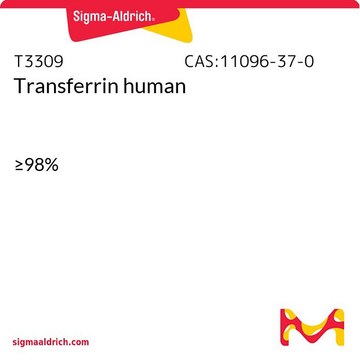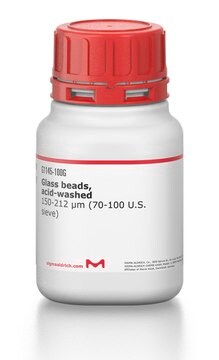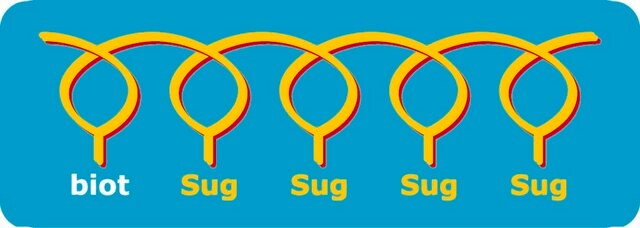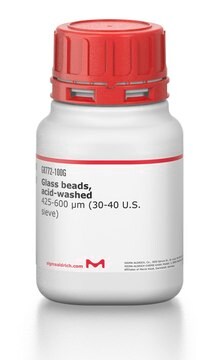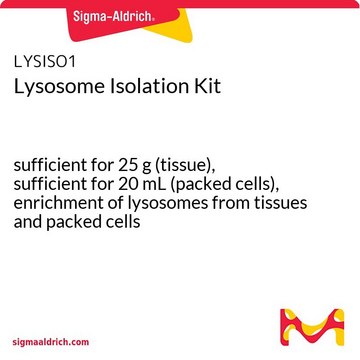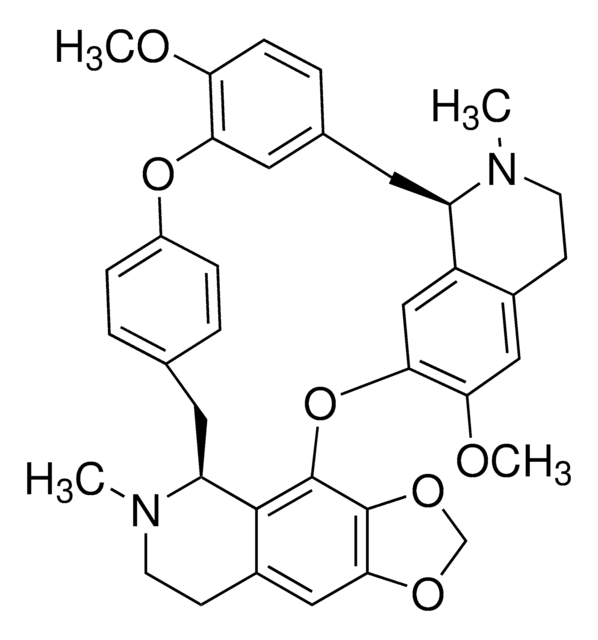SCC442
HPDE6c7 Human Pancreatic Duct Epithelial Cell Line
Synonym(s):
Human Pancreatic Cell Line
Sign Into View Organizational & Contract Pricing
All Photos(2)
About This Item
UNSPSC Code:
41106514
NACRES:
NA.81
Recommended Products
biological source
human
Quality Level
packaging
vial of >1X10⁶ cells
manufacturer/tradename
Millipore
growth mode
N/A
technique(s)
cell culture | mammalian: suitable
shipped in
liquid nitrogen
storage temp.
−196°C
Application
- Each vial contains > 1X106 viable cells.
- Cells are tested negative for infectious diseases by a Human Essential CLEAR panel by Charles River Animal Diagnostic Services.
- Cells are verified to be of human origin and negative for inter-species contamination from mouse, rat, chinese hamster, Golden Syrian hamster, and Non-human Primate (NHP) as assessed by a Contamination Clear panel by Charles River Animal Diagnostic Services
- Cells are negative for mycoplasma contamination.
Pancreatic cancer is the fourth commonest cause of cancer death in North America and has one of the worst prognoses. Greater than 90% of these tumors arise from the pancreatic duct epithelium.1 Even when the primary tumor is small and localized, the prognosis remains poor and chemotherapy or radiotherapy has demonstrated limited effectiveness.2 The availability of dynamic models remains crucial to the study and understanding of the biological significance of the genetic changes underlying pancreatic cancer, especially in the context of pancreatic duct epithelial cell carcinogenesis.
The immortalized HPDE6c7 cell line demonstrates a near normal genotype and phenotype of pancreatic duct epithelial cells.3 HPDE6c7 cells retain normal Ki-ras, p53, C-myc, and p16INK4A genotypes but lack the p53 functional pathway.3 The HPDE6c7 cell line is useful for studies on the molecular basis of pancreatic duct cell carcinogenesis and islet cell differentiation. HPDE6c7 cells are a versatile model for the pancreatic ductal epithelium, facilitating the development of strategies for the chemoprevention of human pancreatic cancers.
Source
HPDE6c7 cells originated from normal human pancreatic duct of a 63-year-old female, having been genotypically altered by infection with retrovirus vector expressing E6E7 genes of human papilloma virus (HPV)-16.3
References
1. Am J Pathol 1996, 148(6): 1763-1770.
2. Am J Pathol 1998, 153(1): 263-269.
3. Am J Pathol 2000, 157(5): 1623-1631.
The immortalized HPDE6c7 cell line demonstrates a near normal genotype and phenotype of pancreatic duct epithelial cells.3 HPDE6c7 cells retain normal Ki-ras, p53, C-myc, and p16INK4A genotypes but lack the p53 functional pathway.3 The HPDE6c7 cell line is useful for studies on the molecular basis of pancreatic duct cell carcinogenesis and islet cell differentiation. HPDE6c7 cells are a versatile model for the pancreatic ductal epithelium, facilitating the development of strategies for the chemoprevention of human pancreatic cancers.
Source
HPDE6c7 cells originated from normal human pancreatic duct of a 63-year-old female, having been genotypically altered by infection with retrovirus vector expressing E6E7 genes of human papilloma virus (HPV)-16.3
References
1. Am J Pathol 1996, 148(6): 1763-1770.
2. Am J Pathol 1998, 153(1): 263-269.
3. Am J Pathol 2000, 157(5): 1623-1631.
Features and Benefits
HPDE6c7 cells are a versatile model for the pancreatic ductal epithelium, facilitating the development of strategies for the chemoprevention of human pancreatic cancers.
Storage and Stability
Store in liquid nitrogen. The cells can be cultured for at least 10 passages after initial thawing without significantly affecting the cell marker expression and functionality.
Other Notes
This product is intended for sale and sold solely to academic institutions for internal academic research use per the terms of the “Academic Use Agreement” as detailed in the product documentation. For information regarding any other use, please contact licensing@emdmillipore.com.
Disclaimer
RESEARCH USE ONLY. This product is regulated in France when intended to be used for scientific purposes, including for import and export activities (Article L 1211-1 paragraph 2 of the Public Health Code). The purchaser (i.e. enduser) is required to obtain an import authorization from the France Ministry of Research referred in the Article L1245-5-1 II. of Public Health Code. By ordering this product, you are confirming that you have obtained the proper import authorization.
Unless otherwise stated in our catalog or other company documentation accompanying the product(s), our products are intended for research use only and are not to be used for any other purpose, which includes but is not limited to, unauthorized commercial uses, in vitro diagnostic uses, ex vivo or in vivo therapeutic uses or any type of consumption or application to humans or animals.
Storage Class Code
10 - Combustible liquids
WGK
WGK 2
Flash Point(F)
Not applicable
Flash Point(C)
Not applicable
Certificates of Analysis (COA)
Search for Certificates of Analysis (COA) by entering the products Lot/Batch Number. Lot and Batch Numbers can be found on a product’s label following the words ‘Lot’ or ‘Batch’.
Already Own This Product?
Find documentation for the products that you have recently purchased in the Document Library.
Our team of scientists has experience in all areas of research including Life Science, Material Science, Chemical Synthesis, Chromatography, Analytical and many others.
Contact Technical Service
